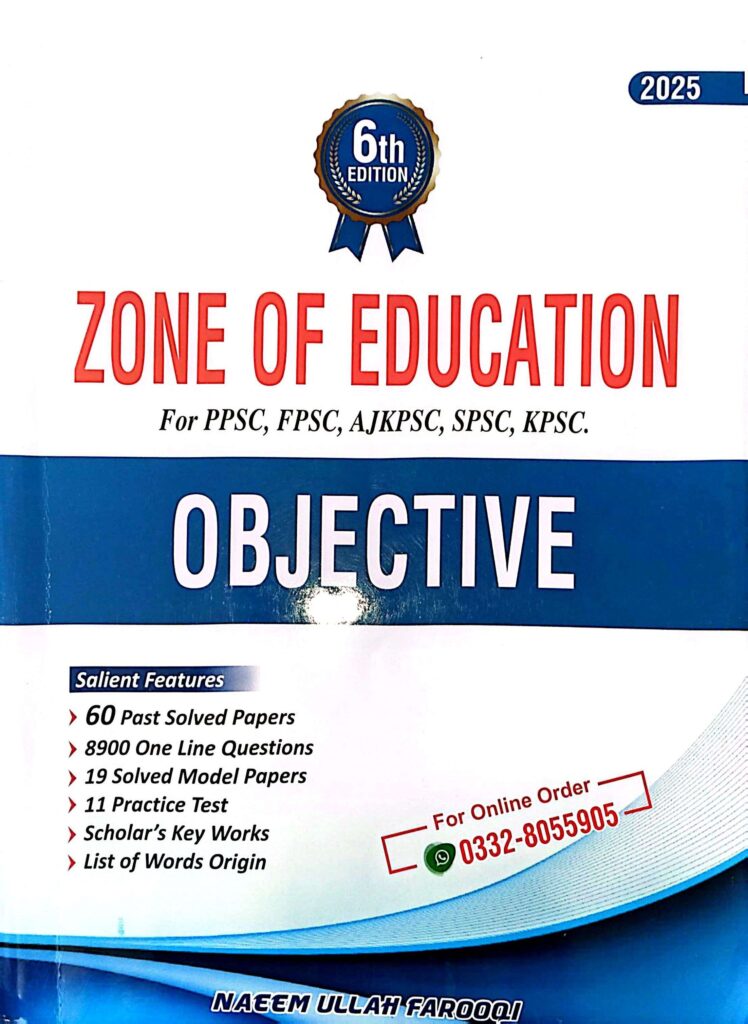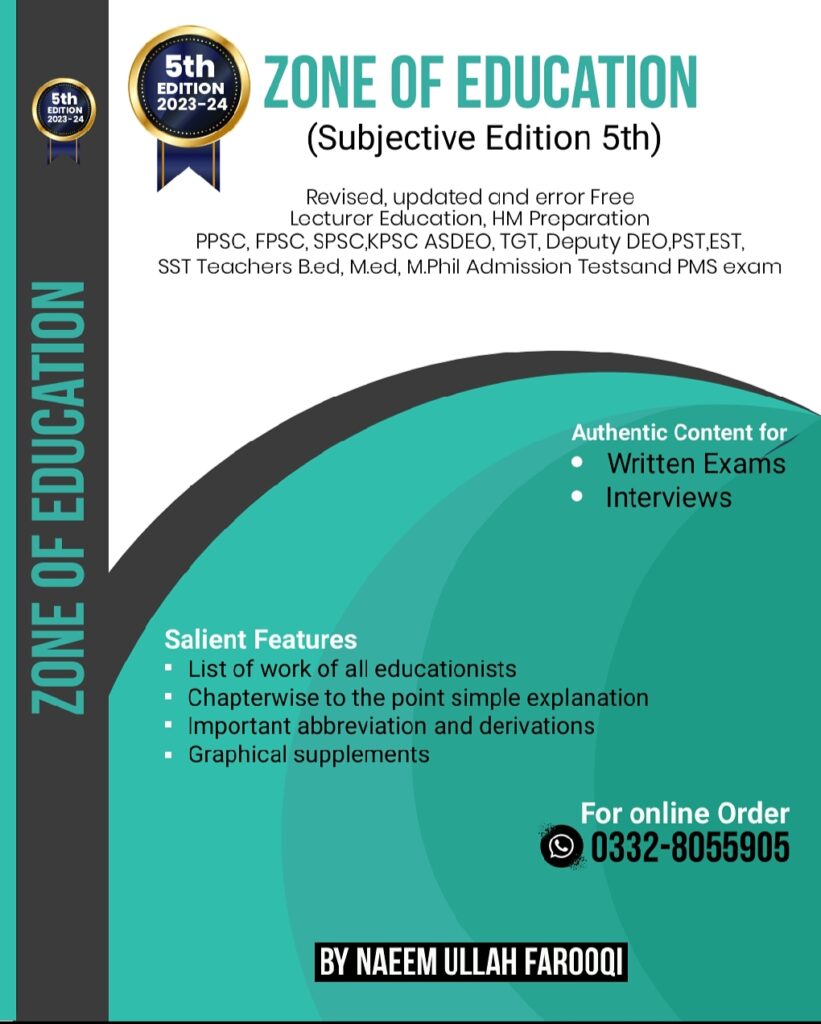Adminitration and Management in Education
63. ____ is the primary objective of the business firm, and all sub-objectives are compatible with it:
A. Profit (Answer)
B. Growth
C. Market penetration
D. Good position
64. Several studies have shown that administrators spend most of their time on:
A. Setting objectives
B. Making decisions
C. Organizing tasks
D. Communication (Answer)
65. The encoding step in the communication process is:
A. Not necessary for verbal communication
B. Difficult for the receiver to understand
C. Necessary to convert the idea into a message (Answer)
D. None of the above
67. ____ is an important nonverbal component of communication:
A. Electronic written memo
B. Eye contact (Answer)
C. E-mail
D. Elbow direction
68. Bulletins, notice boards, and circulars are considered examples of ____ communication:
A. Upward
B. Downward
C. Horizontal
D. Lateral (Answer)
69. Suggestion boxes, employee attitude surveys, and grievance procedures are examples of ____ communication:
A. Downward
B. Horizontal
C. Upward (Answer)
D. Lateral
70. The actual patterns and flow of communication connecting the sender and receiver are jointly called communication ____:
A. Network (Answer)
B. Channel
C. Design
D. Model
71. In a ____ network, all communication is channeled through one person:
A. Star
B. Chain
C. Circle
D. Wheel (Answer)
72. In a school with a hierarchy of staff from diverse backgrounds, ____ communication barriers are more likely to occur:
A. Frame of reference (Answer)
B. Filtering
C. Structure
D. Information load
73. The step that determines whether understanding has been achieved during the communication process is:
A. Decoding
B. Feedback (Answer)
C. Channel
D. Encoding
74. When the decision-maker selects a particular course of action, it is a/an:
A. Intelligent Activity
B. Design Activity
C. Alternate Activity
D. Choice Activity (Answer)
75. According to the ____ model, the decision-making process can be broken down into logical steps:
A. Classical (Answer)
B. Behavioral
C. Both
D. None of the above
76. An alternative that has a high probability of both positively and negatively valued outcomes is:
A. Good Alternative
B. Bland Alternative
C. Mixed Alternative (Answer)
D. Poor Alternative
77. Which model of decision-making is suitable for school conditions?
A. Rational Bounded Model
B. Classical Model
C. Vroom-Vetton Normative Model
D. Garbage Can Model (Answer)
79. Vroom and Yetton identified ____ decision-making styles:
A. Four
B. Five (Answer)
C. Six
D. Seven
80. Which of the following is NOT a shared decision-making technique?
A. Risk Shift (Answer)
B. Brainstorming
C. Delphi Technique
D. Devil’s Advocacy
81. We get information from distant experts for making shared decisions; this technique is called:
A. Delphi Technique (Answer)
B. Devil’s Advocacy
C. Brainstorming
D. Dialectical Inquiry
82. The power that is vested in the leader’s position is:
A. Reward
B. Legitimate (Answer)
C. Coercive
D. Expert
85. It measures the degree to which a leader is sociable, assertive, and withdrawn:
A. Emotional stability
B. Agreeableness
C. Intelligence
D. Surgency (Answer)
86. Effectively interacting with a group to guide them to accomplish a task is known as:
A. Administration
B. Communication
C. Leadership (Answer)
D. Monitoring
87. A leadership style in which policy is determined solely by the leader is:
A. Authoritarian (Answer)
B. Laissez-Faire
C. Democratic
D. Shurai
88. It refers to the extent to which a leader exhibits trust, warmth, and concern for the welfare of subordinates:
A. Intellectance
B. Surgency
C. Agreeableness
D. Consideration (Answer)
89. No appraisal-spontaneous evaluation by other group members is a style of ____ leadership:
A. Authoritarian
B. Laissez-Faire (Answer)
C. Democratic
D. Shurai
90. According to the ____ theory, effective leadership depends on the interaction of the leader’s personal traits, behavior, and factors in the leadership situation:
A. Contingency (Answer)
B. Trait
C. Bureaucracy
D. Path-Goal
JOIN ZONE OF EDUCATIONPK!
Discover the most comprehensive and reliable pedagogy resources in Pakistan, curated for competitive exam success. Our content covers all competitive exam MCQs, including PPSC, FPSC, AJKPSC, SPSC, and more. Designed to empower learners with top-notch material and insights, trust us for your preparation journey!


